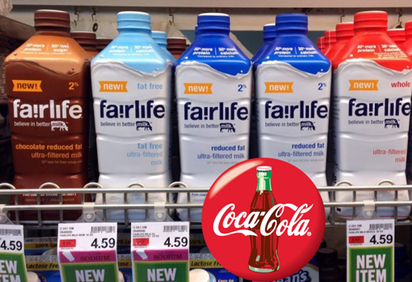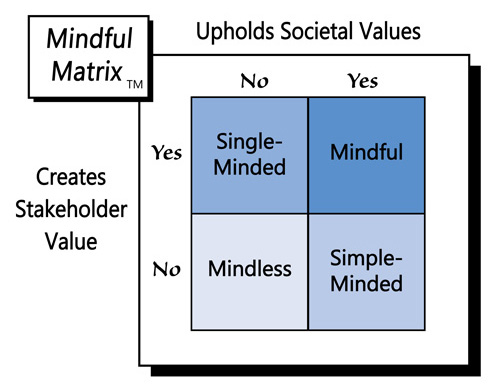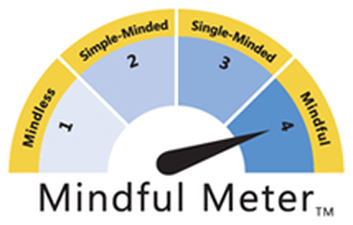Times have changed, though. People are increasingly concerned about consuming high-calorie, sugary drinks. Similarly, soft drinks face stiff competition from many other beverage categories, including functional water: nutrient-infused H2O. As a result, fewer and fewer people are having “a Coke and a Smile.”
What’s a multi-billion-dollar soda seller to do? For any firm facing such formidable market-share erosion, innovation is usually key. Already boasting many brands in juice and bottled water categories, the Coca-Cola Company has responded with a very different new product development that’s as old as cows--milk.
From even a casual observers’ perspective, the milk market seems well-saturated. Local dairies hold a firm grip on the garden-variety leche. Likewise, there’s ample supply of other types of milk, e.g., almond and soy. So, how can even a big player like Coca-Cola gain entry into this crowded space?
Coca-Cola appears to have learned from the functional water trend that people are willing to pay a premium for beverages that bundle extra good ingredients. So Coca-Cola’s milk, which it’s branded “Fairlife,”contains “50 percent more ‘natural’ protein and calcium than regular milk and 30 percent less sugar thanks to a special filtration process.”
Making a milk that gives people more of what they want (calcium and protein), and less of what they don’t (fat), seems like a social good—one that supports healthier lifestyles; although, not everyone agrees. Of course, people also can be very particular when it comes to taste. While many of us want to eat more healthily, we won’t do so unless the food tastes good, i.e., we want the best of both.
I terms of taste, the reviews of Fairlife are mixed. The brand comes in several varieties, including 2%, fat-free, and chocolate, the latter being the most popular. While some love the flavor, others find the thicker consistency and milkier taste overpowering. The super milk also commands a super price, costing about twice as much as regular milk.
What should we make of Coca-Cola’s milk? The mixed reviews of Fairlife’s taste certainly are cause for pause. However, if enough of the targeted consumers find the flavor agreeable, Fairlife has potential to meet a market need for a high-end, high- quality milk. The large number of prominent retailers that have agreed to carry the brand, e.g., Target, Kroger, Wal-Mart, Safeway, seems to support this speculation. It’s doubtful that Fairlife will become a staple beverage for a wide range of people; still, a potentially effective product that upholds societal values makes Fairlife a likely case of “Mindful Marketing.”
Learn more about the Mindful Matrix and Mindful Meter.
Check out Mindful Marketing Ads and Vote your Mind!




 RSS Feed
RSS Feed